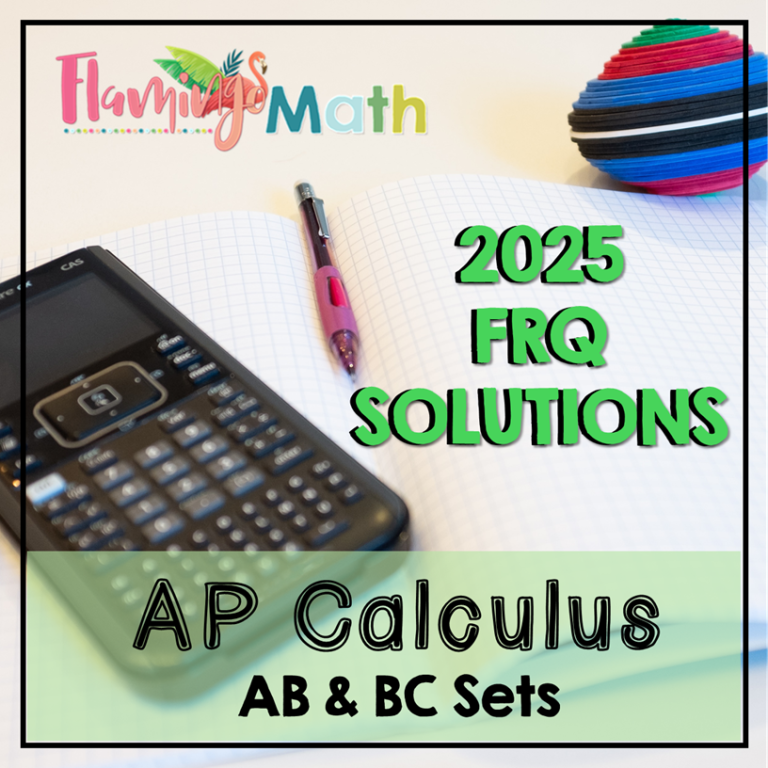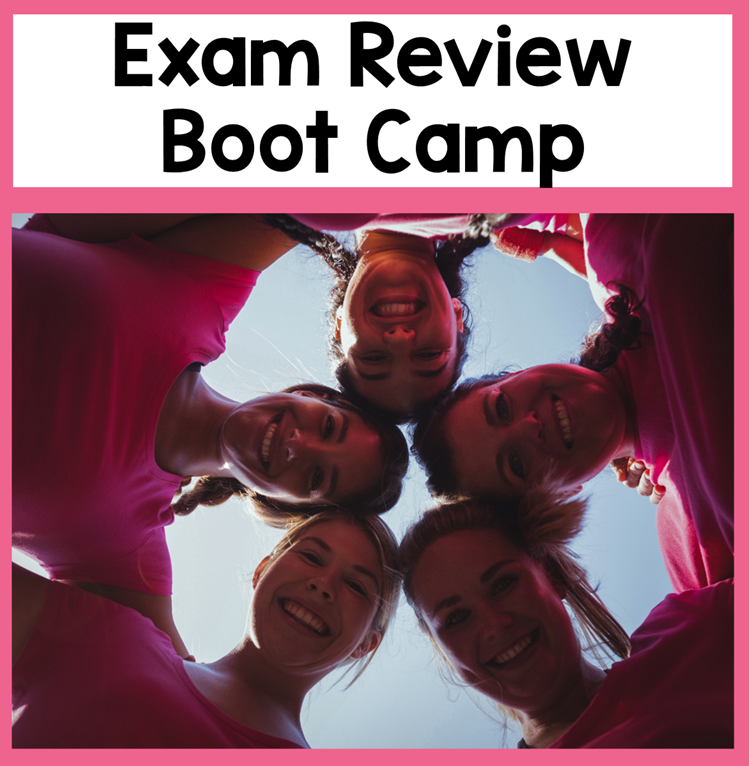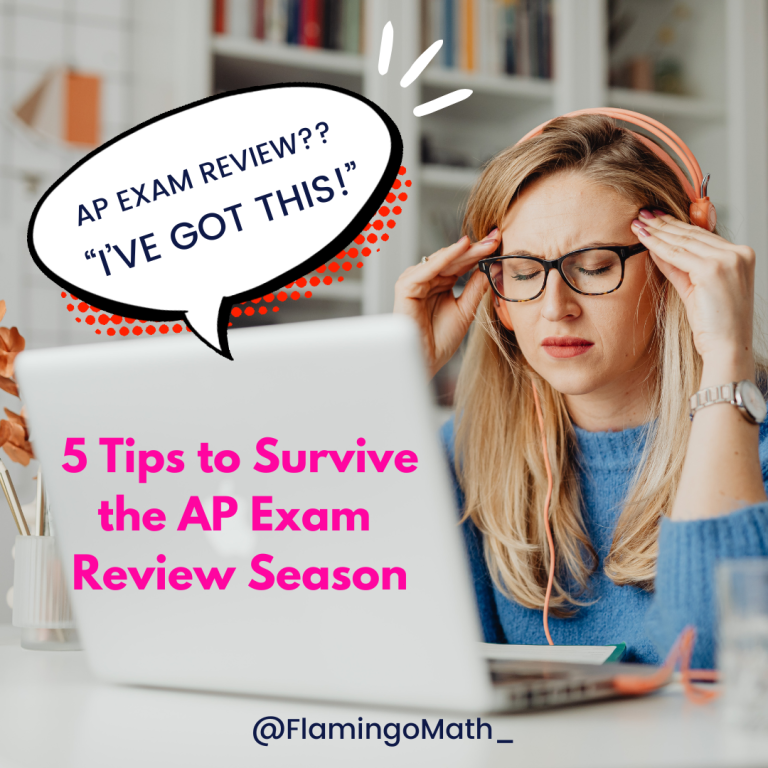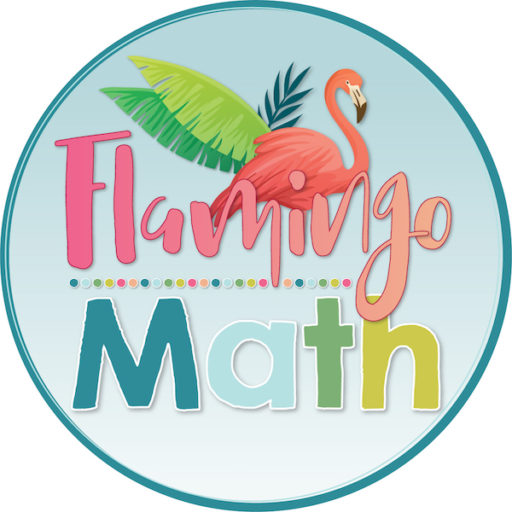Do you have a working action plan for how you and your students approach the “CRUNCH TIME” we now face in preparation for the AP Calculus Exam?
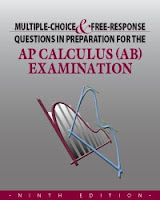 Our AP Calculus students finished their coursework the last Friday before Spring Break. I know they have plans to sit on the beach if the weather cooperates. But, hey, I have a better idea…let’s work Calculus problems! Right?! My colleague and I have designed a PORTFOLIO project that ultimately becomes the 4th quarter grade for our students. Their Spring Training begins on this week off from regular classes. We use the D & S Marketing AP Calculus Test Prep Book, shown here. Students are assigned the multiple choice questions (only) from one of the six practice exams and a random set of free response questions from a previous year, through the College Board site. This year we chose the six questions from the 2001 test administration.
Our AP Calculus students finished their coursework the last Friday before Spring Break. I know they have plans to sit on the beach if the weather cooperates. But, hey, I have a better idea…let’s work Calculus problems! Right?! My colleague and I have designed a PORTFOLIO project that ultimately becomes the 4th quarter grade for our students. Their Spring Training begins on this week off from regular classes. We use the D & S Marketing AP Calculus Test Prep Book, shown here. Students are assigned the multiple choice questions (only) from one of the six practice exams and a random set of free response questions from a previous year, through the College Board site. This year we chose the six questions from the 2001 test administration.
During their week off, we ask them to find set periods of time to work through the problems and be aware of how long they spend working through each section. They are asked to work through the questions without looking at the answers on the first round. (Oh yes, by the way, they are given the answers to the questions, for a reason.) They work the problems in pencil on a folded sheet of paper. When finished, they are required to check their answers and work the problems missed in red ink on the other side of the fold. This gives them a brightly colored awareness of what weak areas they have at the beginning of SPRING TRAINING! Likewise, they also have answers only at the bottom of each Free Response question. There is no indication that the questions are from 2001, and yes, some will know to “GOOGLE IT.” Now you’re thinking, what about them copying from the score guide? Yes, well, that approach has it’s own payoff, if you know what I mean?!
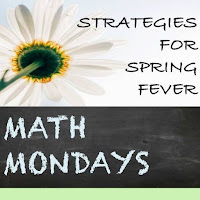 Then, the fun really begins. Like any good parent, employer, or teacher, we truly have our work cut out for us.Keeping students encouraged and engaged, helping them find the GRIT and DETERMINATION needed to climb this final mountain, also plays a vital part in their success. Many of our seniors (and sometimes juniors) will come back to class in body only. Some will return with great resolve and encouragement that they really can conquer this task, and others gave up trying at Christmas break.
Then, the fun really begins. Like any good parent, employer, or teacher, we truly have our work cut out for us.Keeping students encouraged and engaged, helping them find the GRIT and DETERMINATION needed to climb this final mountain, also plays a vital part in their success. Many of our seniors (and sometimes juniors) will come back to class in body only. Some will return with great resolve and encouragement that they really can conquer this task, and others gave up trying at Christmas break.
That’s where the rest of the Portfolio helps. The project is broken into two different elements.
1. The Big Ideas Focus Topics
- Limits
- Derivatives
- Integrals
- Applications
- Calculator skills
2. The Free Response Focus Topics
- Interpreting Graphs
- Tables
- Particle motion
- Accumulation and FTC part 2
- Differential Equations and Slope Fields
- Area & Volume
- Rate In & Rate Out
Students receive their first packet of 6 Free Response questions the Monday after Spring Break. They are required to complete any 4 of the 6 questions in their packet. Remember they are not given the year from which the question originated, just to make it a little more difficult to locate. The questions in the Interpreting Graphs bundle will be this set: 2003 AB-3, 2006 AB-2, 2010 AB-3, 2009 AB-6, 2013 AB-4, and 2014 AB-3. During class time, students work cooperatively to discuss and complete the problems. Initially, most groups will only finish about 2 questions. The road is long, I understand! It is expected that they finish the other 2 for homework.
The following day the packet will contain only “Reading Tables” questions.
The Big Ideas Focus Topics are a collection of multiple choice and short-answer-style questions that concentrate on the way the problems are posed to students in exam settings. These come from a variety of resources, and students work both cooperatively and independently to understand the topics.

The third component in mastering the techniques for success on the AP Exam is offering extra practice and tutoring help. We offer Boot Camps on Tuesday and Thursday afternoons and Saturday mornings. Students have incentives to attend the sessions for different reasons. Some are driven by the desire to succeed, while others come for the grade (sad but true)! A little bonus incentive is attached to the free response problems in the form of extra points when students grade the problem and explain their errors in a one-to-one setting. This takes time that can’t occur in a 50-minute class setting. Every student has areas of strength and weakness. They need our time and critical feedback in one-to-one sessions. We offer food, another great motivator. I consider the extra money made from College Board for last year’s passing students helps me fund this year’s group of students. We often have 25 to 60 students on any given Saturday. They want to succeed, or they want a higher GPA! Whatever the reason…the teachers are committed and model the importance of striving to achieve a major goal. We give our time and our money! They give their time, and their effort. It becomes a win-win!
 We take an entire class period this first week back from break to make a “REACH FOR A 5” personal statement and commitment. Students hang their own creation from the ceiling. It remains until the last day of school. A personal reminder of the importance of setting long-term goals for important events in our lives.
We take an entire class period this first week back from break to make a “REACH FOR A 5” personal statement and commitment. Students hang their own creation from the ceiling. It remains until the last day of school. A personal reminder of the importance of setting long-term goals for important events in our lives.
One final note to mention here is how we know whether or not our students are ready for the May 5th exam day. At the end of April each year, we set aside a Saturday morning for a Mock AP Exam. This event is also part of the portfolio grade, as well as the corrections on the mock exam.
Food is used again as an incentive. Egg casseroles, fruit, yogurt, bagels, juice, water! An early breakfast at 7:30, then the testing begins. Last year we had 126 students lined up on both sides of our hallway.
And, to make it even better, it was our school’s PROM Saturday. It just goes to show that if you support students…they will be there! It’s not a field of dreams. Kids care when teachers care! There are a few other fun elements in the portfolio that take place after the exam is over. For example, we take a Calculus Displacement Exam, create a college banner, and some make models of volumes of solids of revolution. There will be many who succeed and some who won’t … for whatever reasons. The important factor is the attitude that we (teachers) set in establishing how to approach and prepare for the BIG “challenges, dreams, and goals” that each of us set throughout our lives. Win or lose, the struggle is part of the ebb and flow of life. As educators, we can’t let SPRING FEVER become a CONTAGIOUS EPIDEMIC.
Set the goals high. Offer many avenues to help students find the road to success. They will grow, blossom, and bloom in a delightful way. How do you offer strategies for Spring Fever? I would love to hear from you.
Get Your Free Math Resources Today
Join the Flamingo Math Flock to receive news, FREEBIES and updates!
Success! Now check your email to confirm your subscription. We are happy to have you join our Flamingo Math flock! Jean

